
《——【·Introduction·】——》
With the advent of the AI era, robots are replacing workers in factories, performing tasks with precision and astonishing efficiency. Employers are grinning from ear to ear, believing they have finally found a way to save costs.
However, the issue is far from simple. On the surface, employers save on wages, production efficiency increases, but workers are replaced, making their lives increasingly difficult.
But can employers keep smiling? Can this kind of “progress” really bring lasting prosperity?Once people’s purchasing power declines, can robots continue to maintain factory operations?

The Robot Army
Walking into a modern factory in China today, you will discover an astonishing fact: human workers are becoming scarce.
Production lines that once required hundreds of workers to operate day and night,now only need a few dozen people to supervise a “robot army” to complete all tasks.
This transformation is not a scene from a science fiction movie, but a reality happening right now.

Gree Electric Appliances is one of the pioneers of this transformation.
A few years ago, a production line for Gree air conditioners was filled with workers, each responsible for their respective processes: assembly, welding, inspection, and packaging.
Now, if you visit again, you will find very few people, replaced by a series of efficiently operating robots.

A production line that originally required over 300 workers now only needs about 100 to manage, with these employees mainly responsible for equipment maintenance and quality monitoring.
Even more surprisingly, the efficiency of the production line has not only remained stable but has increased by about 20%.
Not only in the home appliance industry, but the transformation in the automotive manufacturing sector is even more thorough. In the production workshops of Geely Automobile and its new energy brand Zeekr, robots have become the main characters.
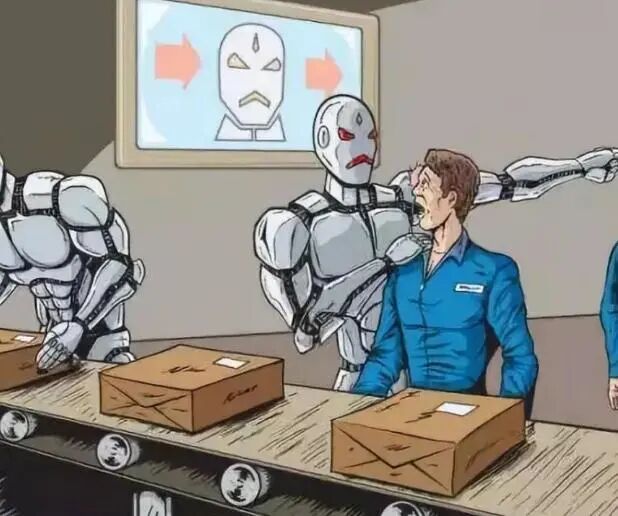
In the production of an electric vehicle, from stamping, welding, painting, to final assembly, robots can be seen at almost every stage.
They can accurately position every screw,complete complex welding in tight spaces, and even detect tiny defects that are difficult for the naked eye to see through visual systems.
These robots are no longer limited to performing simple repetitive tasks. With technological advancements, they are now capable of handling increasingly complex tasks.
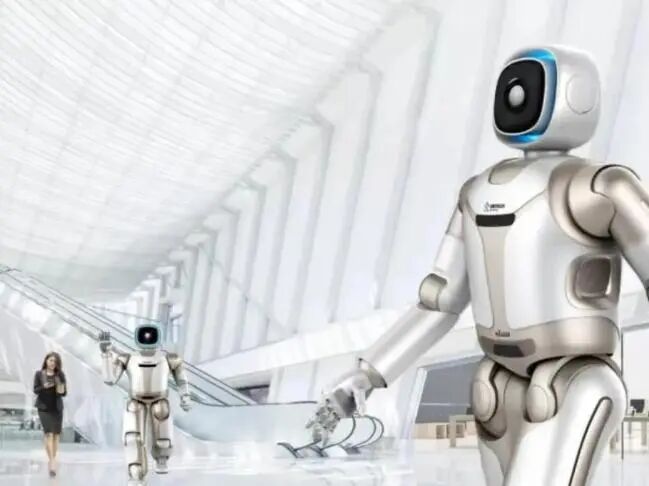
From raw material handling, component processing to precision assembly and quality inspection, robots are infiltrating every aspect of the manufacturing industry.
On some high-tech product production lines, even “dark factories” have emerged—entire workshops that require almost no human intervention, where robots work silently in the dark relying on sensors and program instructions.
The speed of this transformation in China’s manufacturing industry has attracted global attention.
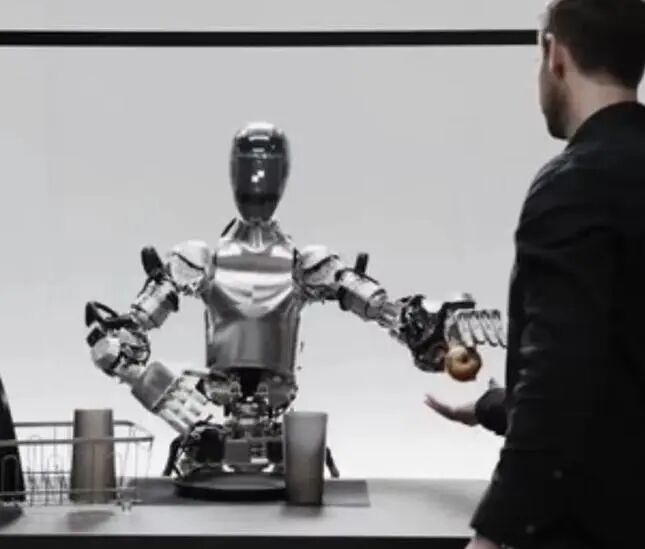
The Pros and Cons of the Robot Army
The rise of the robot army undoubtedly brings many benefits to enterprises.
The most direct benefit is cost reduction—although purchasing and maintaining robots requires a significant investment, in the long run, robots do not require salaries, do not get tired, do not take leave, and maintain stable production efficiency.
Taking Gree as an example, after fully introducing robots, production efficiency increased by about 20%, the defect rate of products significantly decreased, and the competitiveness of the enterprise was noticeably enhanced.
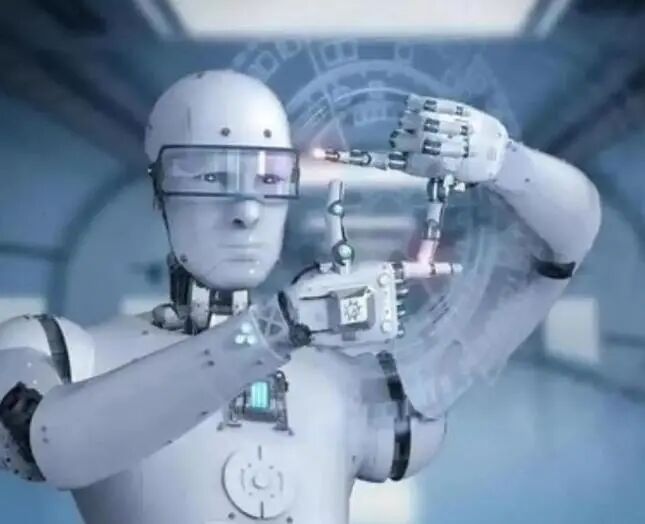
The robots on the production line have also improved the working environment. Many dangerous, heavy, or monotonous tasks have been taken over by robots, allowing human employees to engage in safer and more creative work.
For example, in automotive manufacturing plants, welding tasks that previously required workers to perform in high-temperature environments,are now handled by robots, allowing workers to focus on programming and equipment maintenance, significantly improving working conditions.
However, the widespread application of robots has also raised concerning issues.
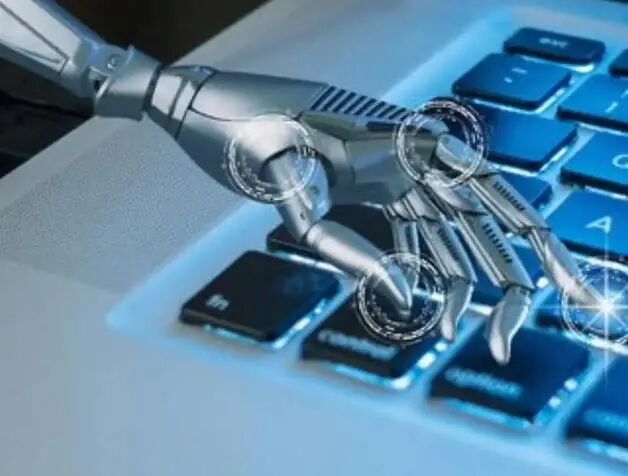
The most direct impact is the reduction of job opportunities. The reduction of Gree’s production line from over 300 people to about 100 means nearly 200 job positions have disappeared.
Although some new jobs will be created,such as robot maintenance and programming, these positions require a higher skill threshold, making it difficult for existing unskilled workers to qualify.
The disappearance of a large number of low-skilled job opportunities may lead to increased social employment pressure.
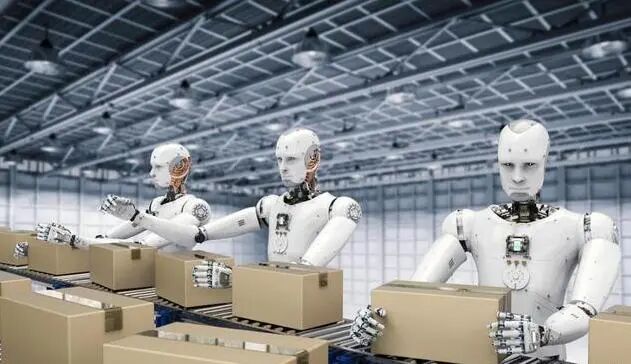
Deeper concerns come from warnings by economic experts: when a large number of workers become unemployed, their purchasing power will inevitably decline, which may lead to a decrease in overall social purchasing power, creating a vicious cycle.
Manufacturing is the economic pillar of many regions,and if robot replacement leads to mass unemployment, it will not only affect individual lives but may also trigger regional economic issues.
Robot applications also have technical limitations. Although modern industrial robots are very advanced, they lack the flexibility and creativity of humans.
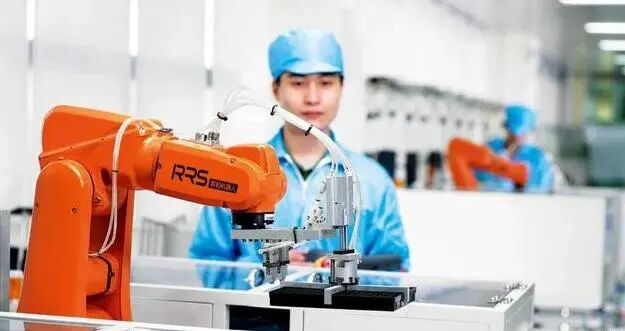
In the face of unexpected situations or tasks that require temporary adjustments, robots often find themselves at a loss.
A production line manager who has worked at Geely for many years once shared an experience:when there are slight changes in product design, human workers can quickly adapt, while robots may need to be reprogrammed or even have parts replaced, leading to production line downtime.
This lack of flexibility is particularly prominent in today’s rapidly changing market environment.

The AI Wave Sweeping Across Industries
Industrial robots are just the beginning of the artificial intelligence revolution.
With the rapid development of AI technology, this wave is spreading from factory floors to various industries. Traditional jobs that were thought to require human completion are also beginning to see the presence of AI.
The transformation in the medical field is particularly evident. AI-assisted diagnostic systems can now analyze X-rays and CT scans, sometimes even more accurately than human doctors in identifying certain disease features.

Surgical robots can perform delicate surgical operations under the remote control of doctors.
Experts predict that within the next 5-10 years, many routine medical diagnoses may be completed by AI first, with doctors responsible for developing treatment plans and handling complex situations.
The financial industry is also heavily influenced by AI. Algorithmic trading now accounts for a large portion of trading volume in the securities market, and risk assessment and loan approvals increasingly rely on AI systems.

Even customer service is being replaced by intelligent chatbots, which can work 24/7, handling common issues and simple transactions.
The transformation in the education sector may be even more profound.Personalized learning platforms can customize teaching content based on students’ learning speeds and weaknesses.
Virtual teachers can provide instant feedback and guidance. Some education experts even predict that in 20 years, programming may become a compulsory subject in elementary schools to help children adapt to an AI-dominated future.
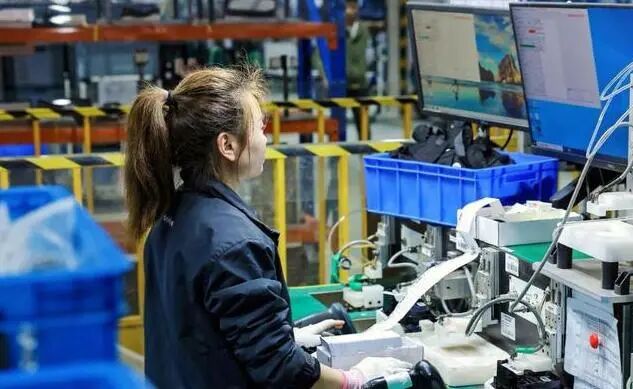
Even creative work is gradually feeling the impact of AI.
AI is now capable of creating music, painting, and writing, although it still lacks the depth and emotional resonance of human works, the speed of progress is astonishing.
Some advertising copy and news reports have already begun to be written by AI, and designers and artists are also starting to use AI tools to assist in their creations.
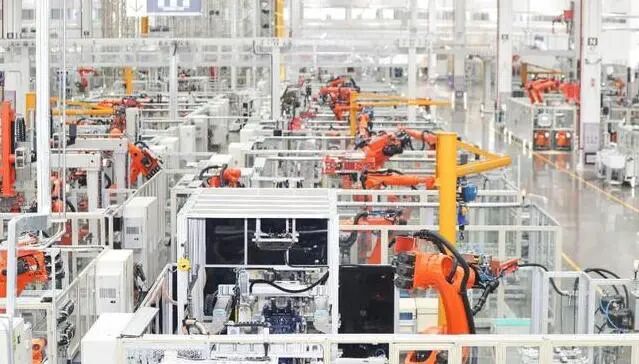
This all-encompassing transformation has sparked profound social reflection.Renowned physicist Stephen Hawking warned before his death that artificial intelligence could lead to humanity losing its dominance.
While this concern may be overly extreme, the impact of AI on employment and social structure indeed needs to be taken seriously.

How Society Should Respond to Technological Change
In the face of profound changes brought about by robots and AI, social systems may need significant adjustments. Some forward-thinking discussions are taking place globally, seeking new models to cope with technological changes.
The concept of “universal basic income” is a topic of great interest.This system advocates that the government provides basic living allowances to all citizens, regardless of their employment status.
Supporters believe that when robots and AI significantly increase production efficiency and create vast wealth while also reducing human job opportunities, universal basic income can ensure a fairer distribution of wealth and prevent the widening of the wealth gap.

Some countries and regions have already conducted small-scale experiments, and although the results are still controversial, this system may become an important option to address the challenges of automation.
Reform of the education system is also imperative.Traditional education focuses on knowledge transfer, while future education needs to emphasize creativity, critical thinking, and emotional intelligence—skills that machines find difficult to replace.
Life-long learning will become the norm, and people may need to change career directions multiple times.
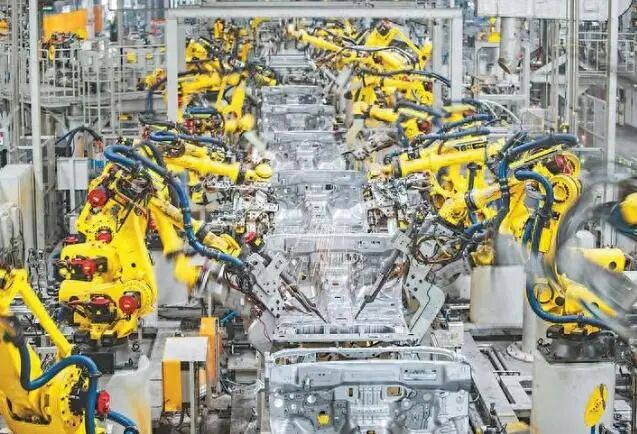
Experts predict that future vocational training will be more modular and personalized, allowing people to flexibly combine different skills based on market demand and personal interests.
Work patterns will also change. The standard “9 to 5” model may give way to more flexible working arrangements.Remote work, freelancing, and part-time combinations may become mainstream.
The boundaries between work and life will become increasingly blurred, and people may need to switch between different projects and roles rather than being fixed in a single position for decades.

The social security system also faces a reshaping. The traditional social security system is mainly based on stable employment relationships, while the diversification and increased mobility of future employment forms require a more inclusive and flexible social security system.
Some scholars have proposed the concept of “portable benefits,” allowing benefits to follow individuals rather than being tied to specific employers, to adapt to new work patterns.
Technological development is not an uncontrollable natural force; policy guidance and social choices are crucial.

Some countries have begun to formulate ethical guidelines and regulatory frameworks for artificial intelligence to ensure that the direction of technological development aligns with human welfare.
Mechanisms for public participation in technological development decisions are also being explored, allowing ordinary people to influence the technological changes that affect their lives.
Although the future is full of uncertainties, human society has experienced and adapted to significant technological changes multiple times.

From the agricultural revolution to the industrial revolution, and then to the information revolution, each change brings challenges but also creates new opportunities.
The key lies in how to build an inclusive social system that ensures the benefits of technological progress are shared by all, rather than concentrated in the hands of a few.
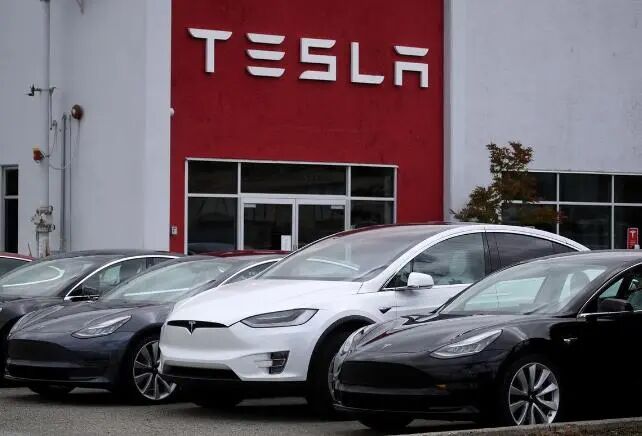
《——【·Conclusion·】——》
While the robot army has improved production efficiency and enhanced working environments, it has also brought employment pressures and economic concerns.
In the next twenty years, we will witness the deep integration and adjustment of technology and social systems.
The key is not to stop the irreversible technological tide,but to guide the direction of technological development, building a more inclusive social system that allows machines to become loyal assistants to humanity rather than threats.
[Disclaimer]: The descriptions, processes, and images in this article are sourced from the internet. This article aims to promote positive social energy, without vulgar or negative guidance. If there are any copyright or personal infringement issues, please contact us promptly, and we will delete the content immediately! If there are any questionable parts of the events, we will delete or modify them immediately upon contact.